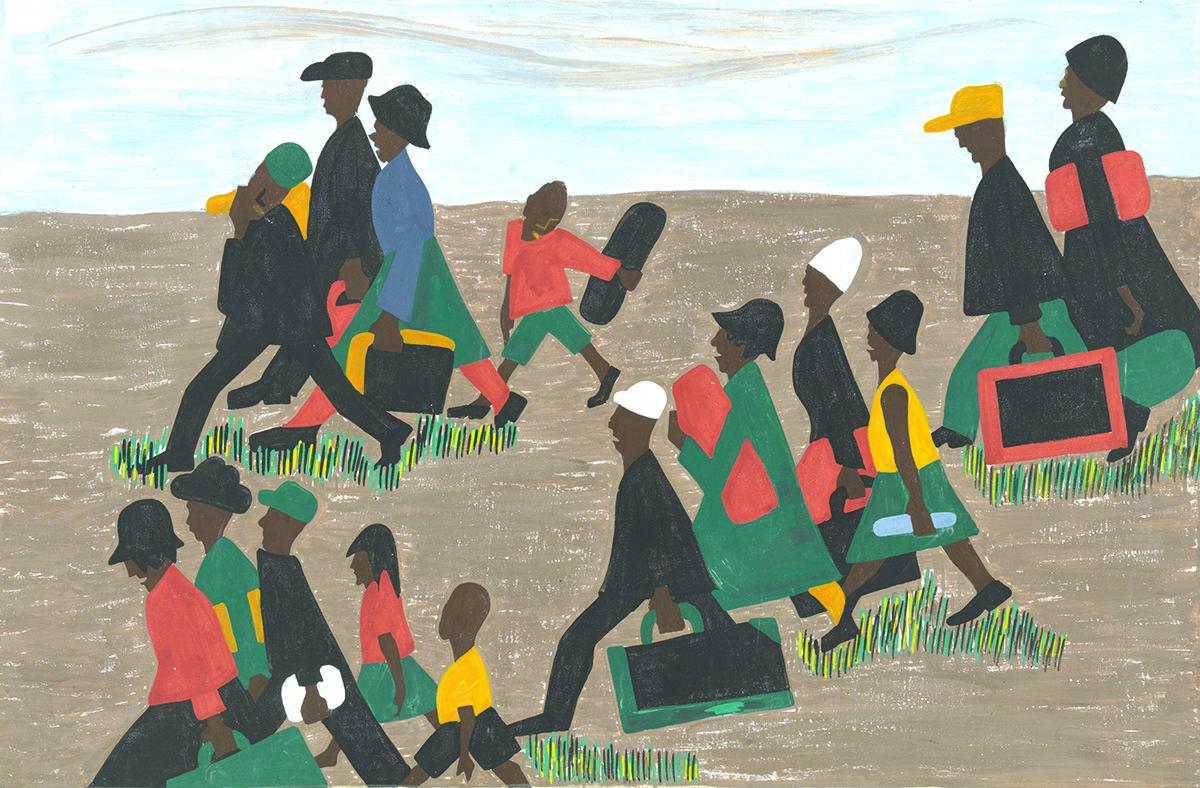When watching Traces of the Trade I was really interested in the part in Ghana because as I mentioned in class, I went to Ghana a few years ago. I was interested to see where they would go and how different their experience would be. I went with my choir and we were the only group at both the Cape Coast and Elmina slave fort. A few things really struck me about their scenes in the slave forts. Firstly, I noticed they were filming in the back of one of the slave dungeons where an altar for returning descendants and visitors could leave their prayers and offerings for all who had suffered in Cape Coast. During our tour, my group was explicitly told not to film the altar or the priest that attends to the altar and its visitors by giving prayer when asked. I noticed both of these were filmed and there were people in the background at the altar. I found this very disrespectful and insensitive that they would film at such a sacred private place in the slave fort.
I also didn’t like how they made the slave fort seem like a monument to solely show whites their faults. Many parts of the tour I had, we were shown how descendants have taken back the slave forts to be a monument of hope and a reminder of theirs and their ancestor’s soul value and how it can never be taken away. The documentary briefly mentioned the “Door of No Return” where slaves were transported through to the slave ships on the beach below. What they didn’t mention was that if you re-enter the fort through that door, the opposite side has been made “The Door of Return”. This part of the tour was very powerful for everyone, but especially my friends that were of African descent, because it represented that they had beaten the odds and made it back to their motherland. The documentary also didn’t mention the actual function of the altar that they filmed next to, which is to serve as a space of communication with the past through the offering of goods and flowers which line the adjacent wall to the altar.
Overall I felt the participants ultimately meant no harm, but should have researched more about the places they were visiting along with the research of their families past.
